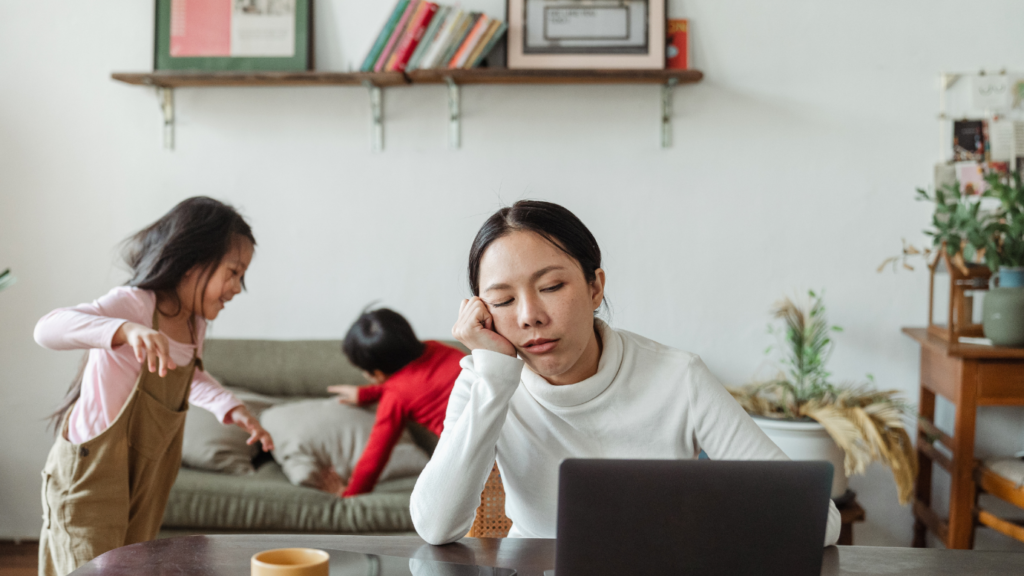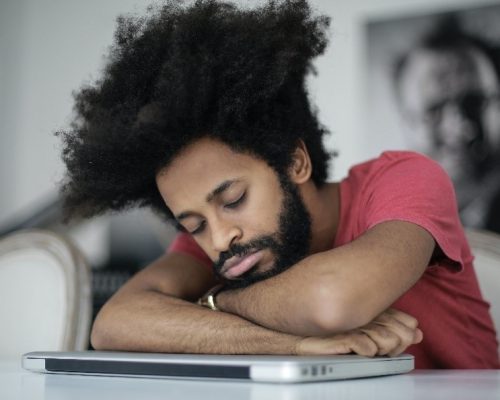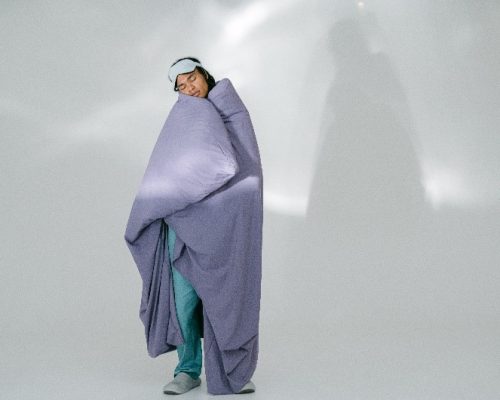
Getting enough sleep is essential for maintaining good physical and mental health.
During sleep, our bodies recharge and repair. However, not everyone can fall asleep or stay asleep easily, leading to various types of sleep disorders.
Sleep-wake disorders commonly referred to as sleep disorders, are conditions that can disrupt the quality, quantity, or timing, of your sleep, leaving you feeling exhausted and difficult to function.
Now let’s look at some of the most common sleep disorders experienced by people:

1. Insomnia:
The most common sleep disorder. Insomnia is characterized by having difficulty falling asleep, staying asleep, or waking up too early. It can be caused by stress, anxiety, depression, or medical conditions such as chronic pain or respiratory problems.
Statistics:
- In the United States, it is estimated that 30-35% of adults have symptoms of insomnia.
- Women are 40% more likely to have insomnia than men.
2. Hypersomnia:
Hypersomnia is a sleep disorder characterized by excessive daytime sleepiness, despite getting adequate sleep at night. People with hypersomnia may struggle to stay awake during the day and experience frequent napping. Narcolepsy is a type of hypersomnia.
Statistics:
- A study published in the journal Sleep Medicine found that up to 40% of individuals with hypersomnia may have a genetic predisposition to the disorder.
- 1 in 2,000 people suffers from Narcolepsy, although the condition is often believed to be underdiagnosed and undertreated.


3. Parasomnia:
Parasomnia is a type of sleep disorder that involves abnormal behaviors or experiences that occur during sleep. These unusual behaviors can range from mild to severe and can include sleepwalking, sleep talking, night terrors, and sleep-related eating disorders.
Statistics:
- Sleepwalking is the most common parasomnia, affecting up to 3% of adults and 15% of children.
- 4% of adults say they have had a sleepwalking episode.
4. Sleep Apnea
Sleep apnea is a disorder in which a person’s breathing is repeatedly interrupted during sleep, causing snoring, gasping, or choking. The person might also stop breathing for 10 seconds or a few more. This can lead to daytime fatigue, irritability, and other health problems.
Statistics:
- According to research in the Indian Journal of Sleep Medicine, 7.5% of Indians are estimated to have obstructive sleep apnea, with greater rates in urban regions.
- Sleep apnea is more prevalent in men than women in India, with a male-to-female ratio of around 3:1.
5. Restless Leg Syndrome
Restless Leg Syndrome (RLS) is a sleep disorder characterized by an uncomfortable sensation in the legs that is accompanied by a strong urge to move them.
Statistics:
- According to a study that appeared in the Journal of Clinical Sleep Medicine, 2.2% of Indians are said to suffer from restless legs syndrome.
Treatments for sleep disorders vary from one to another depending on the type of sleep disorder one is dealing with. It can range from merely making some lifestyle changes to maintaining sleep hygiene to practicing relaxation techniques or seeking cognitive behavioral therapy.
A troubled sleep pattern will lead to a troubled mind and eventually troubled bodily health. Thus keep a good check on your sleep cycle and seek help from a sleep specialist, if needed.
*Note: These statistics used in the blog above may vary based on the source and methodology of the study conducted.
Blog By : DEEBHA SITHTA

